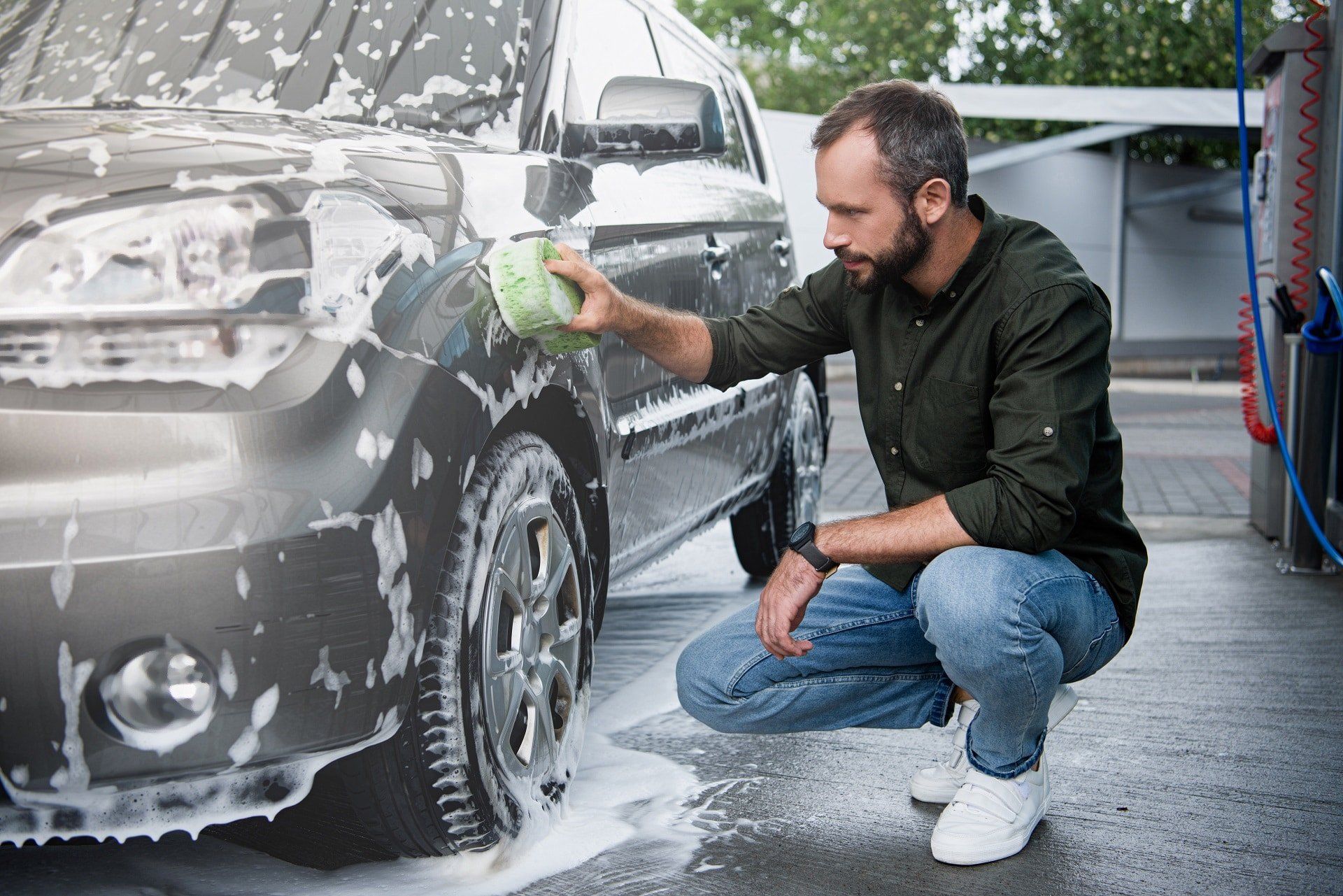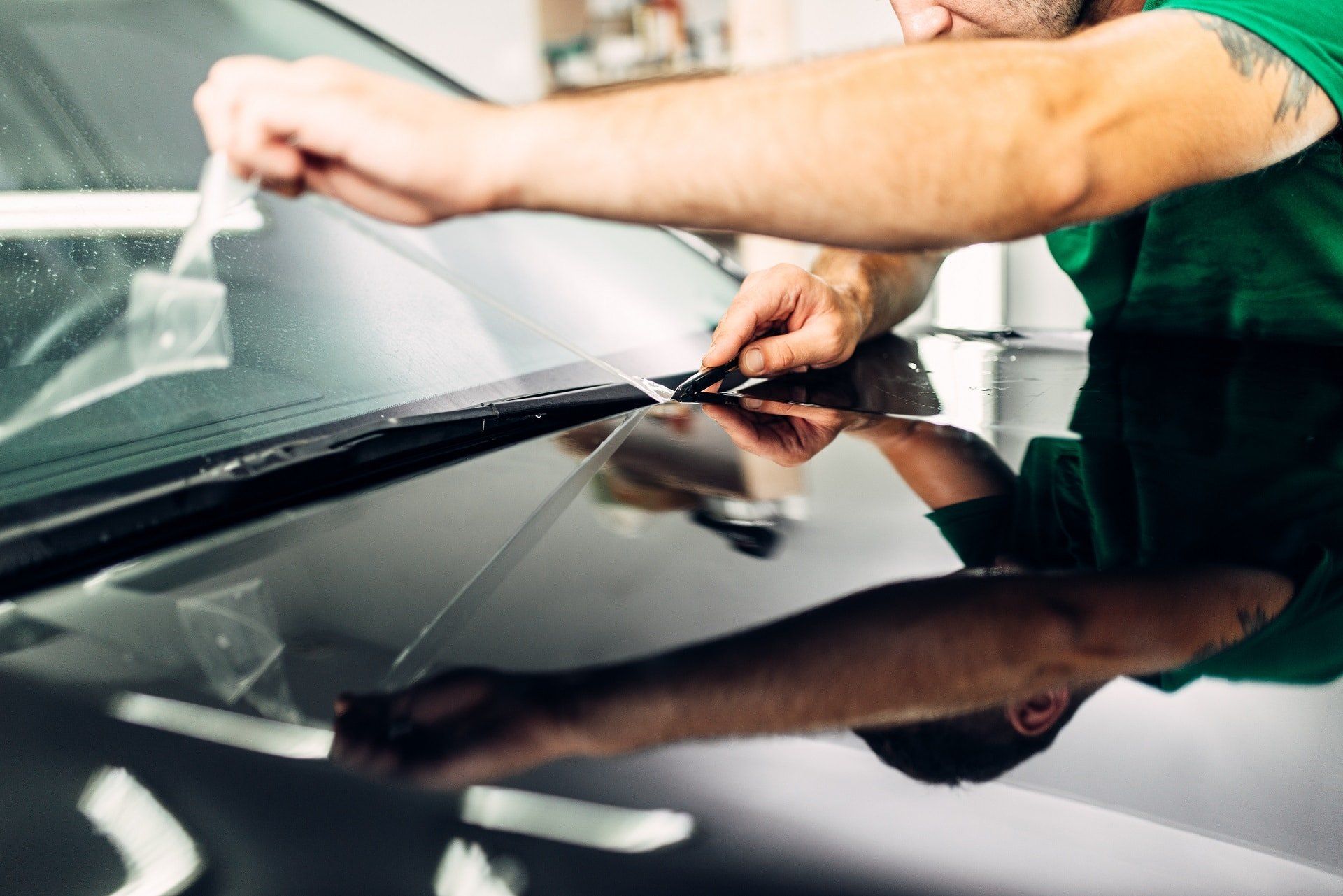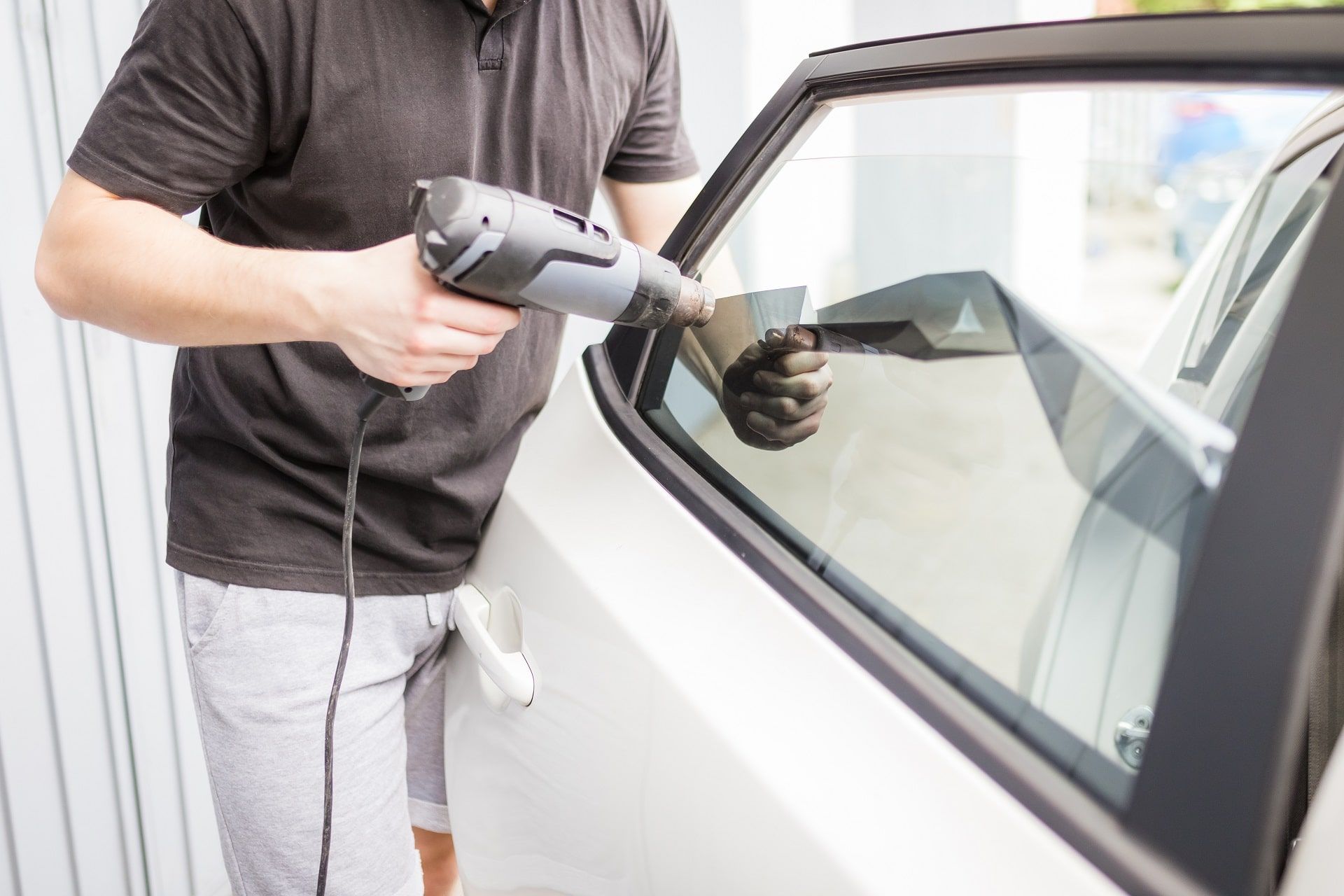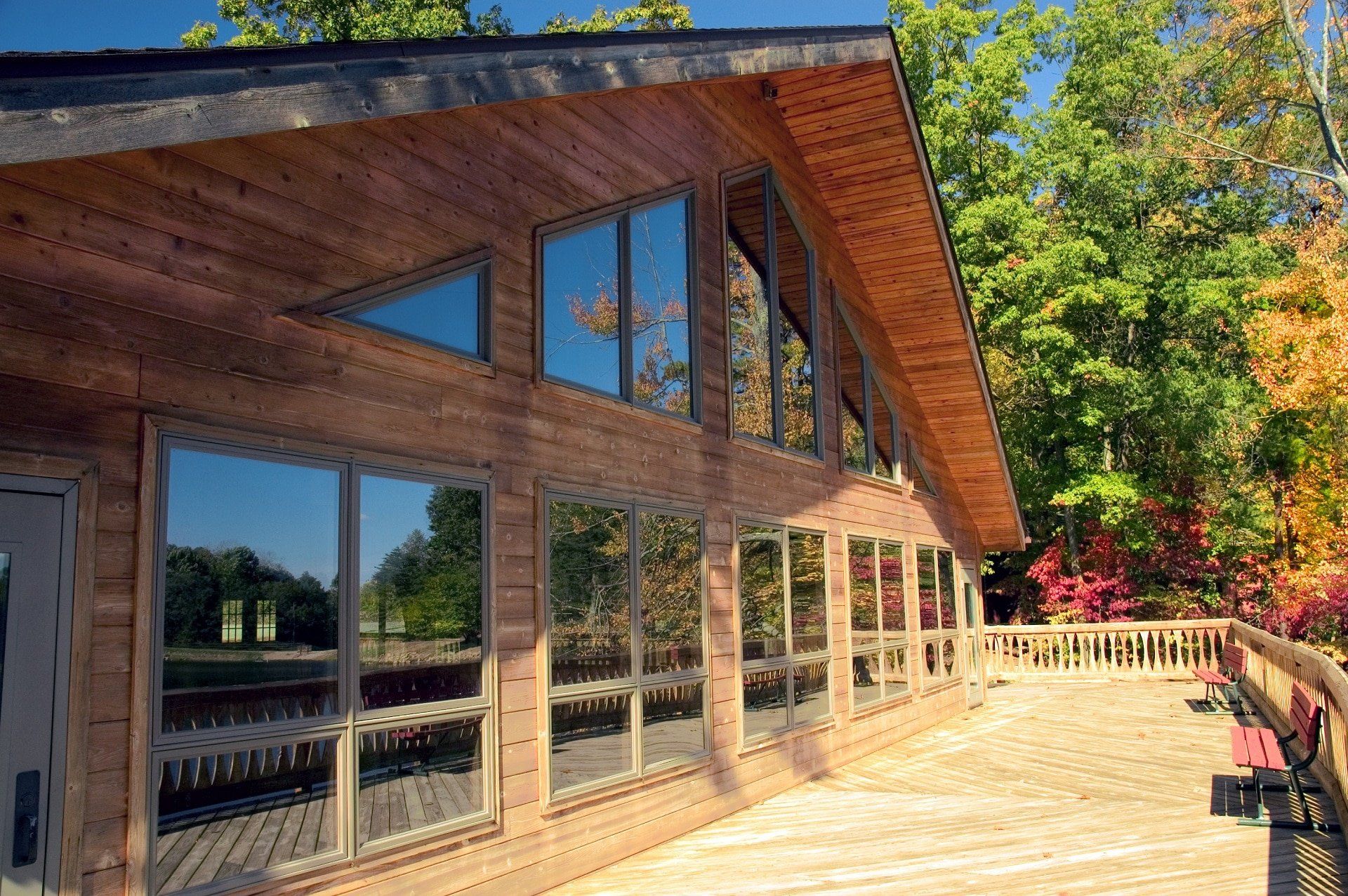How Window Tint Is Made – A Look At The Science Of It All
Window tint for your car, home, and office are gaining in popularity, and the reason is not purely aesthetic. In fact, looks have very little to do with the rise in the use of window tinting film.
The Increasing Popularity of Window Tint: It Ain’t Just For Looks Anymore
What is driving customers to tinting shops all over Canada and the United States today is energy savings, and ultimately cost savings. In a world where climate change is a reality, we all want to do our part to lessen the pressure on the environment, and enjoy the added benefit of lessening the pressure on our wallets as well.
Accordingly, with the ever-increasing interest in window tinting film and its reach into markets beyond hobbyists and “do-it-yourselfers,” it has become clear to us at Tint Tech , Calgary’s windowing tinting experts, that customers want to learn more about how the “sausage is made.” In other words, customers have a natural curiosity about how window tinting film is manufactured and how it functions.
This article is meant to satisfy that curiosity. Accordingly, we will take this opportunity to discuss in some detail the major aspects of what goes into making window tinting film. Trust us, the process is fascinating.
If, after you have read this article, you wish to get more details about the intriguing process of window tint, our professionals at Tint Tech are ready to help. Tint Tech employs only the “best of the best” of window tinting specialists in Canada. Take advantage of their incredibly deep knowledge on the industry, and call us for a consultation. We are always happy to get into the weeds with our Tint Tech customers about the subject we love the most – window tinting. So, call us today at 403-968-8468.
Reflective Window Film – How It’s Made
Although there are many types of window tinting films in the market, most if not all window films start as small pellets of a material called polyethylene terephthalate, or PET. That material is used because it has marvelous optical clarity and strength.
- Phase 1 – Creating the Window Film
The pellets are first melted down into a semi-liquid state. Once in that form, the material is stretched into polyester sheets. The process is done by pulling the material length-wise and width-wise. Other chemicals and materials that block ultraviolet (UV) light are typically added during this stretching process.
- Phase 2 – Adding Metal or Dye to the Film
Next, dyes or metals are added to the polyester sheeting. Whether a dye or metal is added depends upon the intended type, quality, and function of the film. Films that use dye are typically used for automotive windows, because dyes absorb a lot of heat, which allows the auto tint to keep the interior of a car cooler in the summer.
Films using metal, in contrast to dyes, reject heat rather than absorb it. Metal-based films are more often used for flat windows, typically home and office tinting .
What is most fascinating about the dyeing or metallizing process is how it is applied to the polyester film. With dyeing, the dye is coated onto the polyester sheet and then cured in an oven. The heat from the oven fuses the pigments of the dye into the polyester sheet. That fusing process ensures that the color of the dye stays in the film and never washes off.
With metallizing, the metal can be bonded to the polyester film in three different ways.
- First, “evaporative coating” is the process of heating metal in a crucible to such high temperatures that the metal melts and forms a gas cloud. The film is then introduced into the gas cloud and the metal bonds with the film as soon as both cool. Aluminum is typically the metal used because of its low melting point.
- Second, “electron beam coating” is the process by which the metal is heated through a beam of high-energy electrons aimed at the metal. Once heated, the coating process is the same as evaporative coating.
- Third, “sputtering” is the process by which electrically charged gas is focused on the metal, freeing the metal’s molecules. The molecules are then placed on the film in a side-by-side pattern, resulting in a remarkably thin and precise coating. The process is so precise that water is trapped on the film during the process. It takes a few weeks of curing for the water to ultimately evaporate.
- Phase 3 – Final Touches
Once the film is fused with the metal or dye, a scratch-resistant layer is applied to the film on the side that faces the interior of the home or office. This layer is meant to protect the window film from anything that may hit or scrape the window. It provides that added protection so that the film can last for a long time, and is not marred by a minor scratch.
Finally, an industrial strength adhesive is applied to the window film for longevity and to make sure that it does not peel or bubble. Sticky adhesives are typically used for automotive window films. Clear, dry adhesives, using a gel activated by water, are typically used for flat home or office windows.
At Tint Tech , Calgary’s premier auto tinting, protective coating, and home and office window tinting specialists , know how to make sure our customers are 100% satisfied. We understand how important a professionally applied window tint is for you.
We also can consult with you about the extraordinary energy savings, UV protection, infrared protection, and privacy benefits of window tinting – for either your car or home. Call us today for a consultation about your needs, and for an estimate of a job that you are looking to do for your home. We recently have started handling many home window jobs because of the increase in demand for clear, or virtually clear, window tinting film. Learn more by calling us at 403-968-8468. At Tint Tech , we combine affordable pricing and top-notch customer service.
Disclaimer: The information on this website and blog is for general informational purposes only and is not professional advice. We make no guarantees of accuracy or completeness. We disclaim all liability for errors, omissions, or reliance on this content. Always consult a qualified professional for specific guidance.











